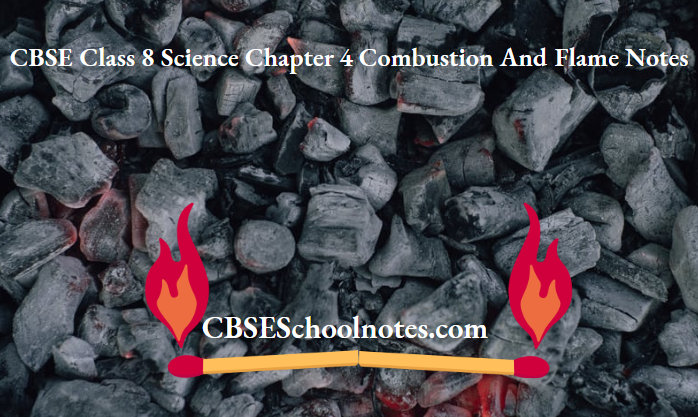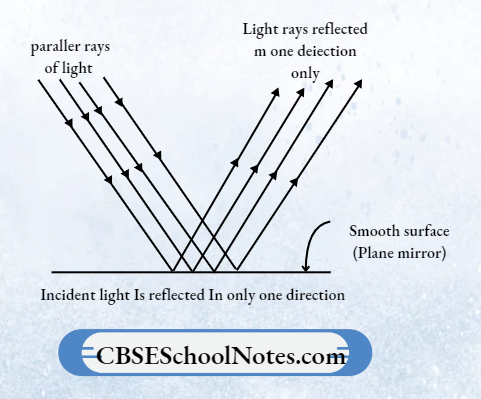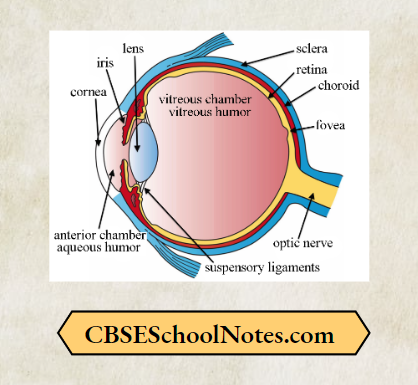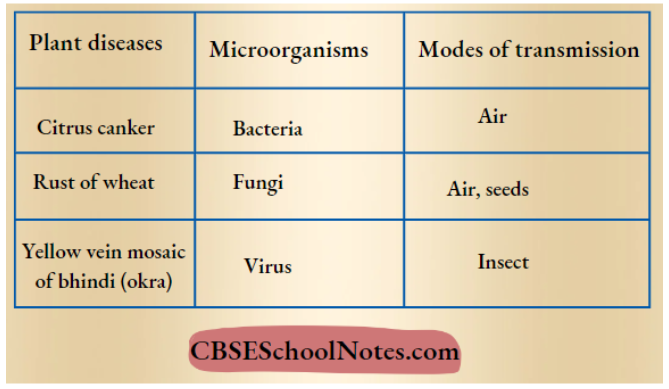CBSE Class Class 8 Science Chapter 10 Sound: Sound Is Produced By A Vibrating Body

Sound is produced by the to-and-fro motion of an object, also known as vibration. It means that when any object vibrates, it produces sound.
Read And Learn More CBSE Class 8 Science Notes
Example: When you strike a metal, it produces sound. Similarly, musical instruments, like manjira, ghatam, kartal, etc., produce sound due to vibration.

Some musical instruments and their vibrating parts are given below
- In veena, sitar, and guitar, the plucking of strings produces sound.
- In a flute, a vibrating column produces sound.
- In a tabla and mridangam, a vibrating membrane produces sound.
- If these objects stop vibrating, then they also stop producing sound. We can even see and feel these vibrations.
To see these vibrations, strike the edge of a metal dish full of water.
You will see vibrations in the water in the form of water waves.
But in some cases, the amplitude of vibrations is so small that we cannot see them.

CBSE Class Class 8 Science Chapter 10 Sound Produced By Humans
Human produces sound with the help of the voice box, also known as the larynx. To locate the voice box in your throat, put your fingers on your throat and feel a hard bump. You can feel vibration in this part while speaking.
- It is present at the upper end of the windpipe in the throat region.
- It contains two vocal cords. There is a small gap between these two vocal cords known as slit.

- Muscles attached to the vocal cords can make the cords tight or loose.
- When lungs force air through the slit, then vocal cords vibrate and produce sound.
- By stretching and relaxing the vocal cords, we can change our voice. When vocal cords are stretched, they produce high-frequency sound, and when they are contracted, they produce low-frequency sound.
- The voices of men, women, and children are different because the size of the vocal cords varies among them.
- Males have vocal cords about 20 mm long and have a low-pitched voice. Females have shorter vocal cords, about 15 mm long, and have a high-pitched voice.
Children have very short vocal cords and have a different voice
Note: Vocal cords and voice box are not the same. These are two different things. Vocal cords are parts of the voice box. These are a pair of bands of smooth muscle tissue.
Sound Needs a Medium for Propagation.
The path through which sound travels is called a medium, it can be solid, liquid, or gas. Sound needs a medium to travel, therefore it cannot travel in a vacuum. Let us take some more examples to see the propagation of sound through a medium.
When we scratch on the table, we hear some kind of sound. It shows sound can travel through a solid.
In the case of a toy telephone, sound travels through the string.
Science Insight
There is no atmosphere on the moon (i.e., no medium through which sound can travel), so astronauts use special communicators on the moon to talk to each other.
We Hear Sound Through Our Ears
We hear sound through our ears. A very simple diagram of the human ear is shown in the figure given below.

The human ear is divided into three parts
Outer ear The shape of the outer ear is like a funnel. When the sound enters in it, then it travels through a canal called the ear canal. At the end of the ear canal, there is a thin elastic, and stretched membrane, called the eardrum.
The middle ear helps to pass the sound vibrations from the eardrum to the inner ear.
Inner ear The inner ear receives the vibrations from the middle ear and changes them into signals or nerve impulses. These signal goes to the brain and we hear the sound.
CBSE Class Class 8 Science Chapter 10 Sound Amplitude, Period, And Frequency Of Vibration
Oscillation: If an object moves back and forth continuously, then the object is said to be oscillating or vibrating, and the motion is known as oscillation. Example: Vibrating simple pendulum.
The time taken by a vibrating object to complete one vibration or oscillation is called a period. It is measured in seconds.
Frequency: The number of oscillations per second is called the frequency, and it is measured in hertz (Hz).
Note Frequency is the reciprocal of the period, i.e., \(f=\frac{1}{T}\)
Amplitude: The maximum displacement of a vibrating object from its central position is called amplitude.
Amplitude and frequency are two important properties of sound, which enable us to differentiate between two sounds.
CBSE Class Class 8 Science Chapter 10 Sound Characteristics of Sound
There are mainly two characteristics of sound: Loudness. It is the propagation of sound that is used to differentiate between loud and faint sounds.
The unit of measuring loudness is decibels (dB). It is proportional to the square of the amplitude of the vibration producing the sound. It means the loudness of sound depends upon its amplitude.
When the tire amplitude of vibration is large, the sound produced is loud. When the amplitude is small, the sound produced is feeble.
If loudness is more than 80dB, then it becomes physically painful.
Pitch or Shirriness. It is the property of sound that is determined by the frequency of the vibration producing it.
Pitch is proportional to the frequency of vibration. The higher the frequency, the higher be pitch. Similarly lower the frequency, the lower be pitch.
Example: The Frequency of the drum is low, whereas the frequency of the whistle is high. Similarly, a lion makes a low-pitched sound, whereas a bird makes a high-pitched sound.

CBSE Class Class 8 Science Chapter 10 Sound – Audible And Inaudible Sounds
Every vibration produces sound, but we cannot detect sound produced beyond a certain limit of vibration. This limit is 20 Hz to 20 kHz.
Sound with a frequency between 20 Hz to 20 kHz is known as audible sound.
Sound with a frequency less than 20 1 1/, or more than 20 KHz, is known as inaudible sound.
Dogs can hear. That’s why police me high-frequency whistles which dogs can hear but humans cannot. Similarly, ultrasound equipment also works on a higher frequency, more than 20000 Hz.
Science Insight Sound having a frequency more than 20000 Hz is known as ultrasonic waves, and sound having frequency less than 20 Hz is known as infrasonic waves.

CBSE Class Class 8 Science Chapter 10 Sound – Noise And Music
- Any unpleasant sound that causes discomfort to us is known as noise. Example: Sound of construction work, the sound of the horn, etc.
- Any sound that is pleasant to your ear is known as a musical sound. Example: Sound produced by a harmonium, sound produced by the string of a sitar, etc.
Noise Pollution
The presence of excessive or unwanted sounds in the environment is called noise pollution. The sounds of vehicles, explosions, including bursting of crackers, machines, loudspeakers, etc., are the major causes of noise pollution.
The major sources of noise pollution in homes are television and transistor radio at high volumes, and some kitchen appliances.
Harms of Noise Pollution
Presence of excessive noise in the surroundings can cause many health-related problems like lack of sleep, hypertension (high blood pressure), anxiety, irritation and headache, and many more health disorders.
A person who is exposed to a loud sound continuously may experience temporary or even permanent impairment of hearing.
Hearing Impairment
It is the inability ofan individual to hear sounds properly. As some people are born with poor hearing ability, such of person is said to be deaf.
Often, deaf persons use a sign language with their hands to communicate with others effectively. Partial hearing loss is generally due to ear infection, injury, or old age. A person having partial hearing loss cannot hear sounds.
Measures to Limit Noise Pollution
To control noise, we must control the sources of noise. We can control noise pollution by following the points
- Installation of silencing devices in aircraft engines, transport vehicles, industrial machines, and home appliances.
- The industries that produce noise should be set up away from residential areas.
- Minimise the use of automobile horns.
- The sound of the TV and the music system should be low.
- Plant trees along the roads and around the buildings to cut down the sounds reaching the residents.










































